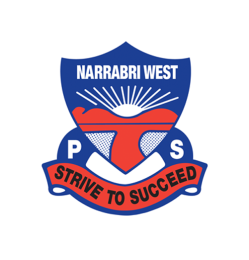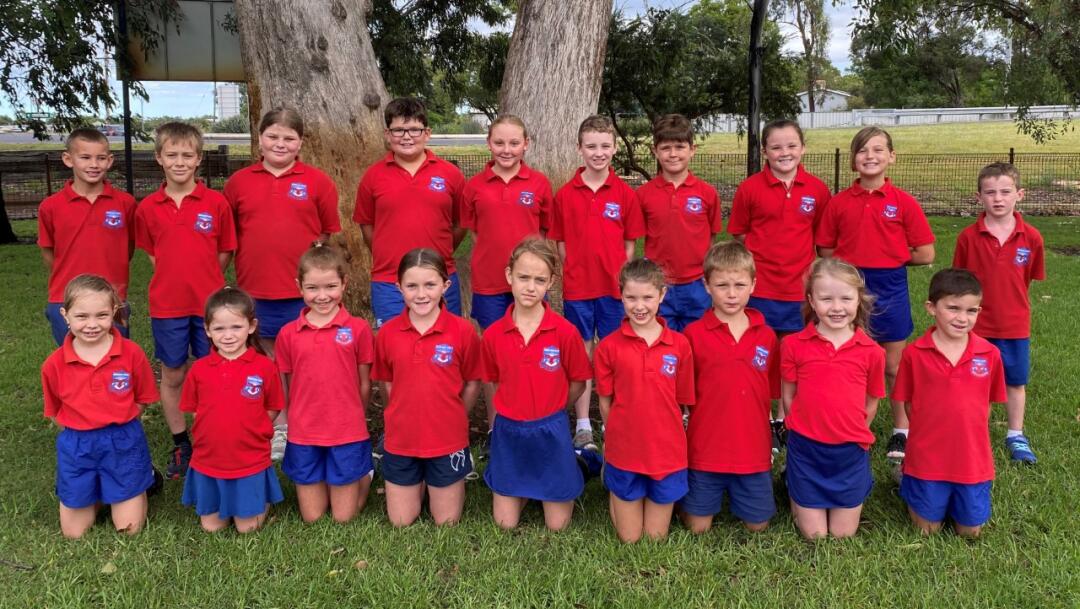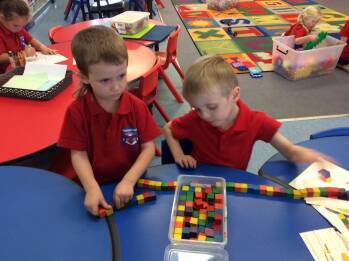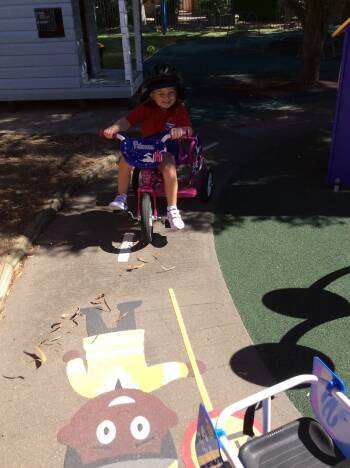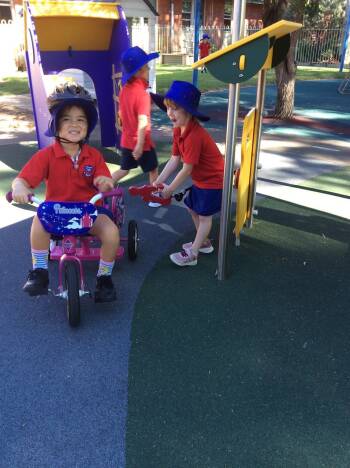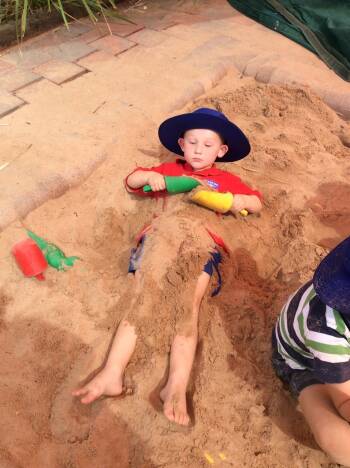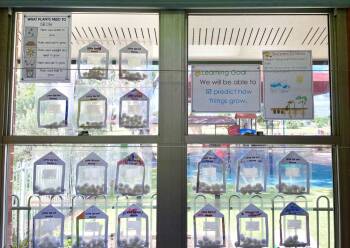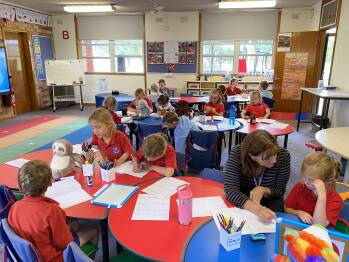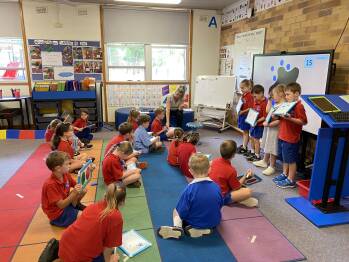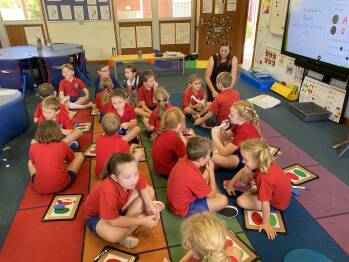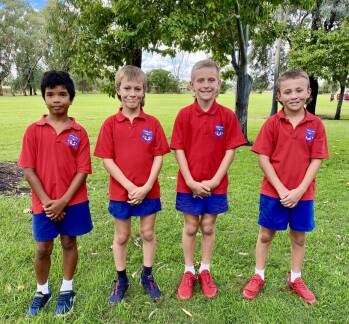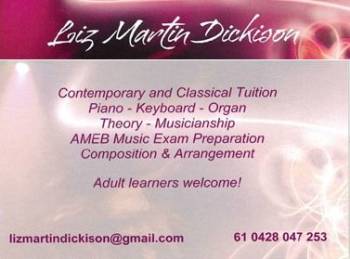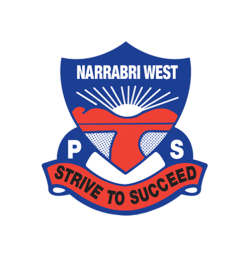This week we look at how we use effective and strategic questioning to enhance student learning in a thinking classroom. This is another in our series of articles explaining how we teach at Narrabri West.
Effective questioning is one way teachers can seek evidence to establish where students are in their learning, and is therefore the result of careful planning.
Specifically, effective questioning provides teachers with the opportunity to identify and correct misunderstandings and gaps in knowledge, as well as identify the need for extension work for those students whose knowledge and skills base demand it.
This kind of questioning provides information about student knowledge, understanding and skills. These then inform the teacher's planning and selection of teaching strategies to move students from where they are, to where they need to go.
Some key features:
1. In terms of student behaviour, effective questioning encourages students to:
· listen actively;
· speak;
· take turns; and
· be actively involved with learning.
If the classroom culture does not encourage 'hands up', but rather emphasises that everyone is expected to think and be ready to answer any question, students are more likely to be involved with the learning.
2. The asking of questions is a deliberate, planned activity.
3. Provide students with time to think after asking a question.
4. A critical factor in enhancing the strategic effectiveness of questions is teacher receptiveness. The teacher's positive response to both correct and wrong answers is essential.
5. The strategic effectiveness of questioning is further enhanced by:
· Moving around the room to make sure questions are more likely to be evenly distributed. Other ways of making sure questions are evenly distributed include allowing students to talk to each other about a question, asking everyone to write down an answer and then reading out a selected few, or giving students a choice of possible answers and having a vote on the correct option. All of these tactics increase student participation.
· Posing one question at a time. Asking a string of questions, particularly without any pause, is confusing.
· Providing prompt questions such as 'Why do you think that?', 'Can you tell me more about …?' or 'Is it possible that ...?'
· Posing fewer, well-chosen questions is more strategic as an assessment for learning strategy.
6. When planning, teachers need to decide the purpose of their questions and then select the most appropriate type of questions for that purpose.
Strategic and effective questioning is a skill that our teachers have been working on in their professional learning time.
